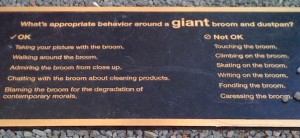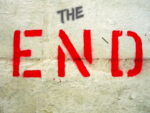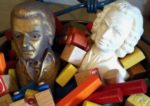PA Shorts: Rules
 How do we learn the rules of the game? Some of us get right in there, roll up our sleeves and get our hands dirty. We figure out the rules quite naturally along the way. Others of us are more systematic and require a list of rules and strategies to study before we begin. If you are like me, you do some of each depending on the task at hand. In the end, I don’t think it really matters how you learn them. It’s how you use rules that counts.
How do we learn the rules of the game? Some of us get right in there, roll up our sleeves and get our hands dirty. We figure out the rules quite naturally along the way. Others of us are more systematic and require a list of rules and strategies to study before we begin. If you are like me, you do some of each depending on the task at hand. In the end, I don’t think it really matters how you learn them. It’s how you use rules that counts.
An article about 12 year old pianist/composer JP Redmond inspired this post- in particular, this section of the interview between Edouard Boulet. JP, and his teacher, Dr. Matt Brink.
Van Brink: It means there is no filter between your musical ideas in your head and how they come out in your fingers.
Redmond: Really?
Van Brink: Yes, you’re good at that. And my job is to amplify those ideas once they come out of his head.
Next question – How does the music theory part of Redmond’s education fit into the music he has been able to create.
Van Brink: It’s almost a contradiction. A true artist doesn’t really care about theory; he can break rules. But the opposite is true too. A true artist knows the rules pretty well before he starts stepping all over them.
Redmond: Have I ever stepped over a rule?
Van Brink: (laughs) Yes. Beautifully.
When we really know something- when it has become part of the fabric of ourselves- we are no longer aware of the rules. Our decision making certainly takes the rules into account. We use them or ignore them to create surprise and our own unique voices in interpretation, in composition, and in improvisation. Yet the rules do not drive us. When we are working at our best, they become a beautiful tool for creativity.
The rules in the photo above are from a group of pictures I took last summer of the sculpture Big Sweep at the Denver Art Museum.



Yes, I think that’s why students who hear a great variety of music in the home during their growing up years often outpace fellow students who just play pieces.
Music theory is like the rules of grammar. Being fluent means you forget that yo know them, but they’re still there.
Sorry- somehow the link to the story didn’t appear. I’ve fixed it so now you can click on the words “article about…” and see the full thing. Thanks for reading and for pointing that out.
Yes! I always avoided learning music theory because I felt it was all about restricting what you can do musically, but having learned some more I’ve really experienced how liberating it is to understand the theory and use it in your own way.
Is the full interview you reference available online anywhere?